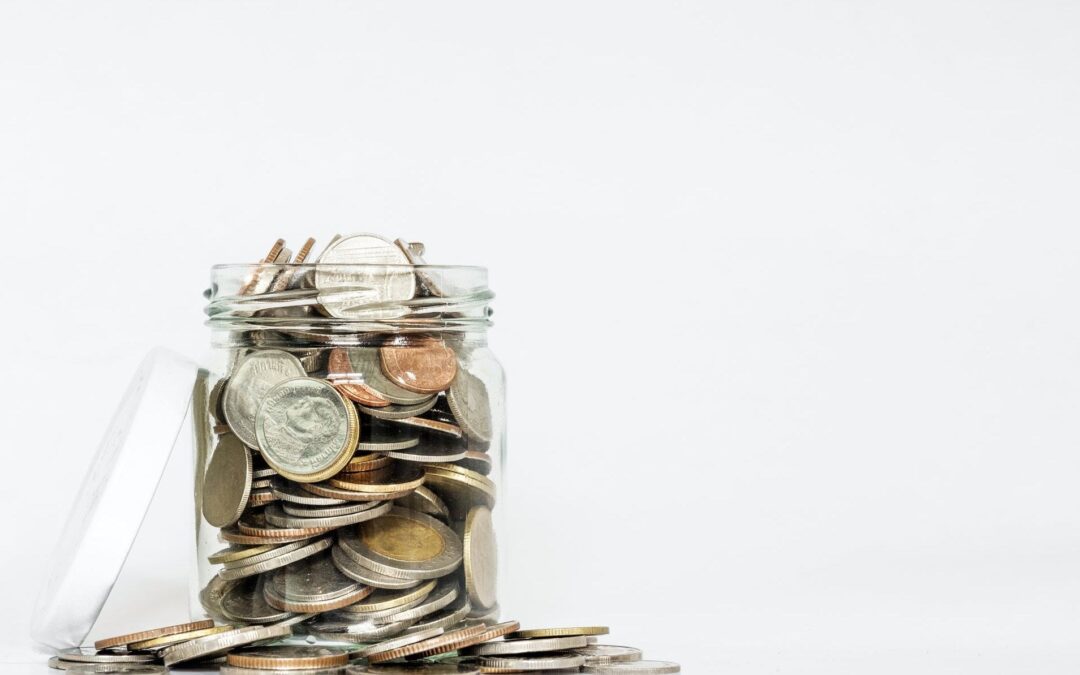Although we are not out of the COVID economic woods yet, we are far enough along this journey to evaluate the impact of governmental action. Specifically, how the massive government outlays may have impacted economic activity. Fiscal efforts added $3 Trillion to the national debt, bringing it to around $25.8 Trillion. (That’s with a “T”.) The U.S. economy produced $21.4 Trillion in 2019¹ (about 24.5% of the world’s economic output), making U.S. debt 118% of 2019 Gross Domestic Product (GDP).
What’s the impact of all this debt? In the short run, the added debt offered the needed liquidity to lessen the financial insecurity from COVID. In the long run, repaying the debt suppresses the ability to purchase future goods and services (a.k.a. consumer demand). Think about buying a house. A mortgage will offer the financial assistance to buy the house, but ultimately, the repayment will reduce the ability to purchase other things (a.k.a. discretionary spending) in the future.
Good thing the government also influences interest rates… in the short term. The U.S. government can maintain a low interest rate policy to keep interest payments low. Longer term… the market dictates what investors are willing to accept. Should rates go up (and they will), interest payments can skyrocket.
To help finance the additional debt, the U.S. government issued bonds. The additional bond issuance competes with other borrowers (corporations, states, institutions, etc.) for lenders’ dollars, referred to as “crowding out.” Crowding out unintentionally drives bond yields higher. When interest rates increase, the crowding out effect could act as a trampoline accelerating yields northward.
Given the near all-time low interest rates, a doubling is not out of the question. Doubling interest rates and very high debt loads could push interest payments to $1 Trillion annually and have a materially negative impact other government spending; such as Medicare, defense, education, housing assistance to name a few. Although the U.S. is being discussed, many other nations are in the same boat.
What does this mean for investors? We believe equity investors should expect lower future equity returns from lower corporate earnings and higher corporate taxation. Bond investors will experience lower yields for a period before rate increases provide a headwind to returns. In the very long-term, higher yields will offer income which will come with additional credit risk. Insurance and hybrid products will likely follow a path similar to bond investors with repressed crediting.
Economics is not a science project that can be tested in the lab in completely controlled conditions. There are forces a plenty (known and unknown) that can alter expectations. For example, previous weekly letters have recognized the huge dichotomy between the pre and post COVID environments, the U.S./world-China tensions and potential defaults (yet to be seen). Five years hence, study of this period will be the fodder of many Ph.D. dissertations.
¹ https://data.worldbank.org/indicator/NY.GDP.MKTP.CD?most_recent_value_desc=true
The opinions expressed are those of Heritage Financial and not necessarily those of Lincoln Financial Advisors Corp. Past performance does not guarantee future results. Forward looking statements may be subject to certain risks and uncertainties. Actual results, performance, or achievements may differ materially from those expressed or implied.
CRN-3200874-081320


Recent Comments